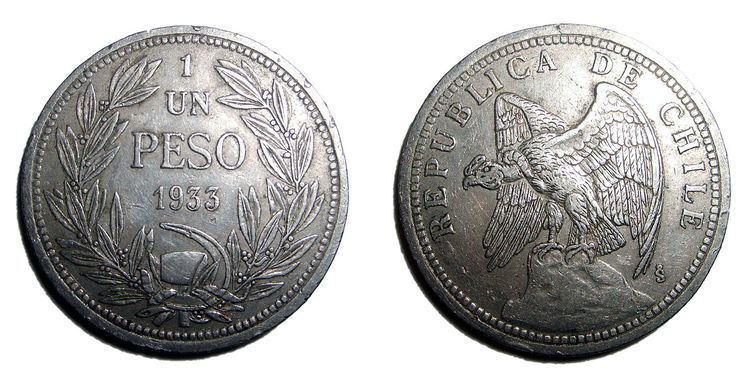 | ||
In late 19th and early 20th century sheep farming expanded across the Patagonian grasslands making the southern regions of Argentina and Chile one of the world's foremost sheep farming areas. The sheep farming boom attracted thousands of immigrants from Chiloé and Europe to southern Patagonia. Early sheep farming in Patagonia was oriented towards wool production but changed over time with the development of industrial refrigerators towards meat export. Besides altering the demographic and economic outlook of Southern Patagonia the sheep farming boom also changed the steppe ecosystem.
Contents
Sheep farming in Patagonia was carried out in a estancia system. Each of these estancias was administered from a casco central (a central complex of buildings) where administrators, foremen and workers lived.
Sociedad Explotadora de Magallanes possessed more than 200,000 sheep by 1901.
Development
In 1843 Chile established a colony in Brunswick Peninsula to assert sovereignty over the strategic Strait of Magellan. Early sheep herding activity in the Chilean colony was very modest. The first men to realize the potential for large-scale sheep herding in the lands around the Strait of Magellan were a group of British immigrants that settled in Punta Arenas in the 1870s.
The first successful attempt at sheep farming in the Straits of Magellan is credited to the Englishman Henry Reynard (Spanish: Enrique Reynard) who raised sheep in 1877 on Isabel Island. These sheep were brought to the Straits of Magellan by Chilean governor Diego Dublé Almeida who travelled specifically for that purpose to the Falkland Islands Chacabuco in 1876. In Port Stanley he bought 300 sheep and back in Chile he sold them to Henry Reynard. By 1878 this first sheep-raising experiment was considered a success and it created a huge demand for land among individuals who attempted to establish their own sheep-raising businesses.
All the best sheep-herding areas along the Strait had been leased or reserved by 1884.
Ecological impact
The sheep farming boom altered not only the demographic and economic outlook of Southern Patagonia, but also changed the steppe ecosystem. Research suggests that sheep excrement might have caused eutrophication of lagoons like Potrok Aike, and sheep might also have caused considerable erosion. The Strait of Magellan and the Atlantic coast were covered by natural grasslands so no clearing of forests occurred during the introduction of sheep.
